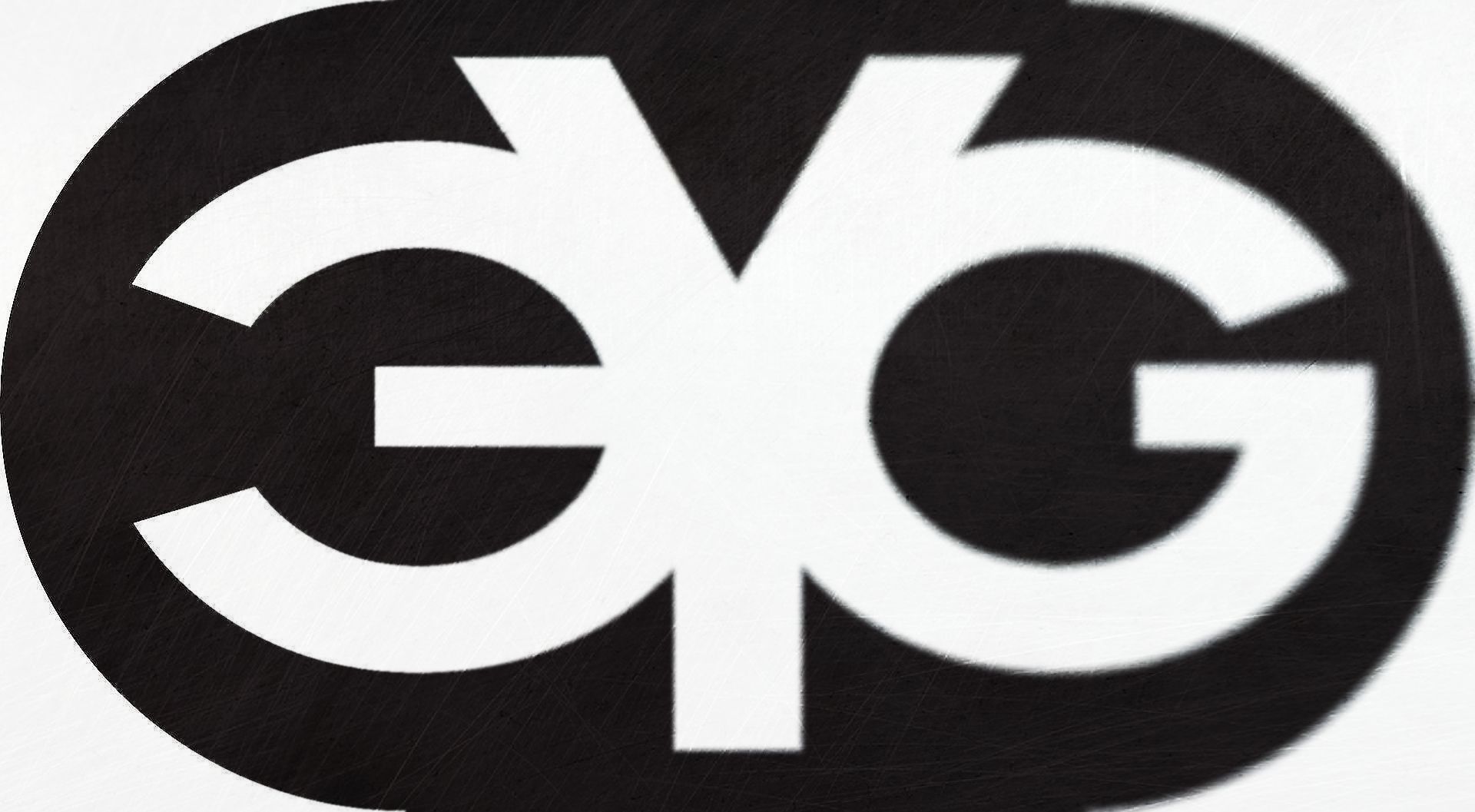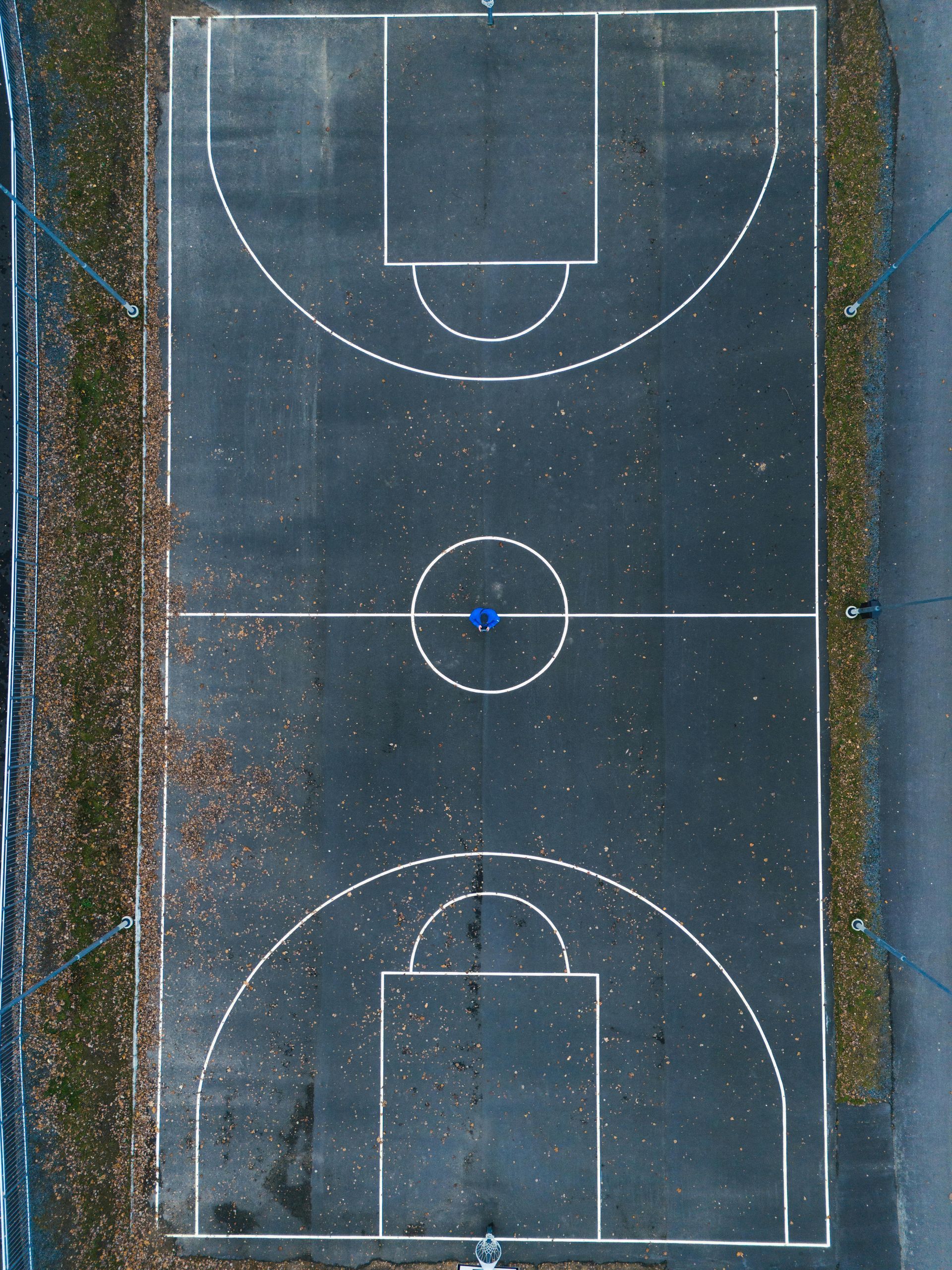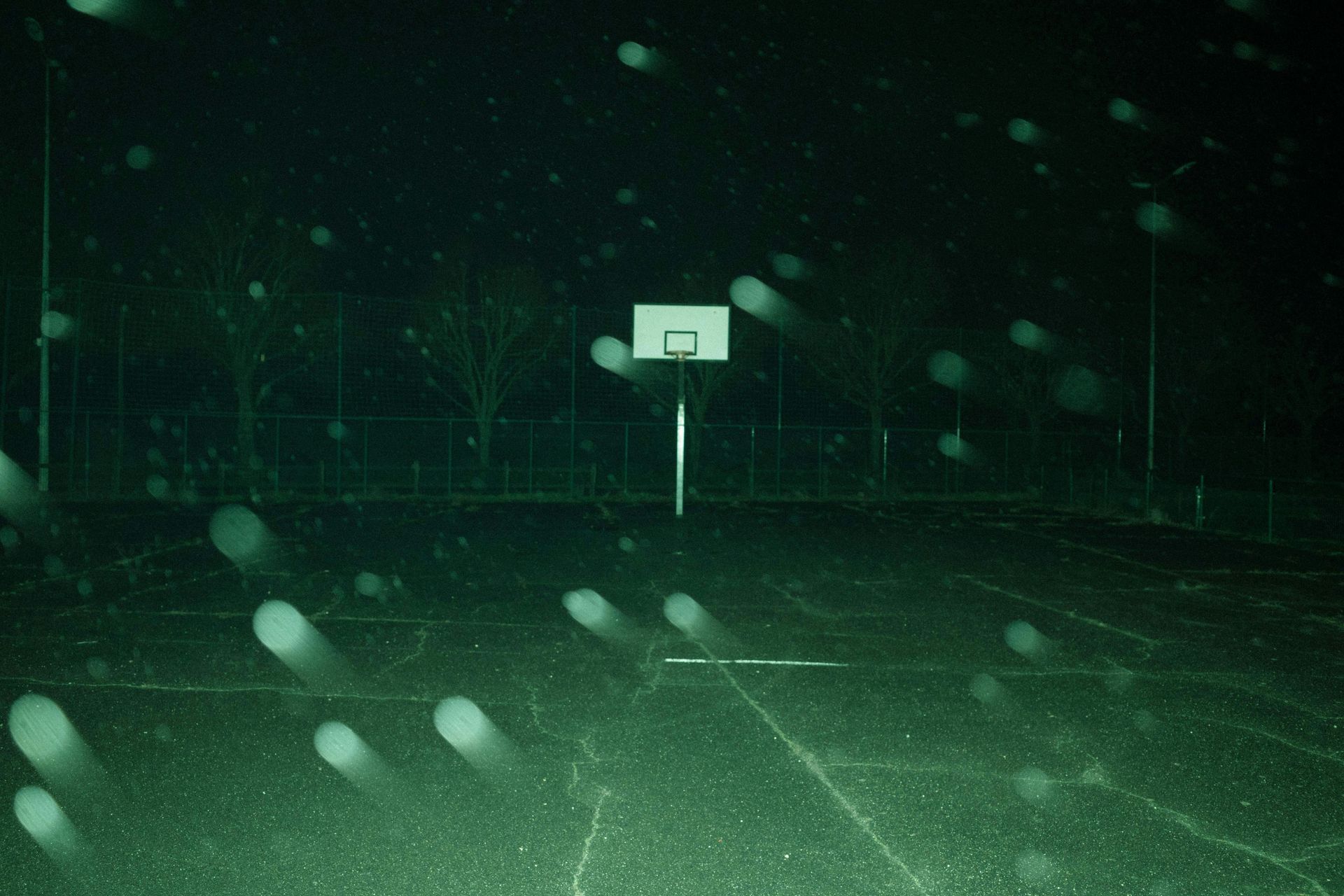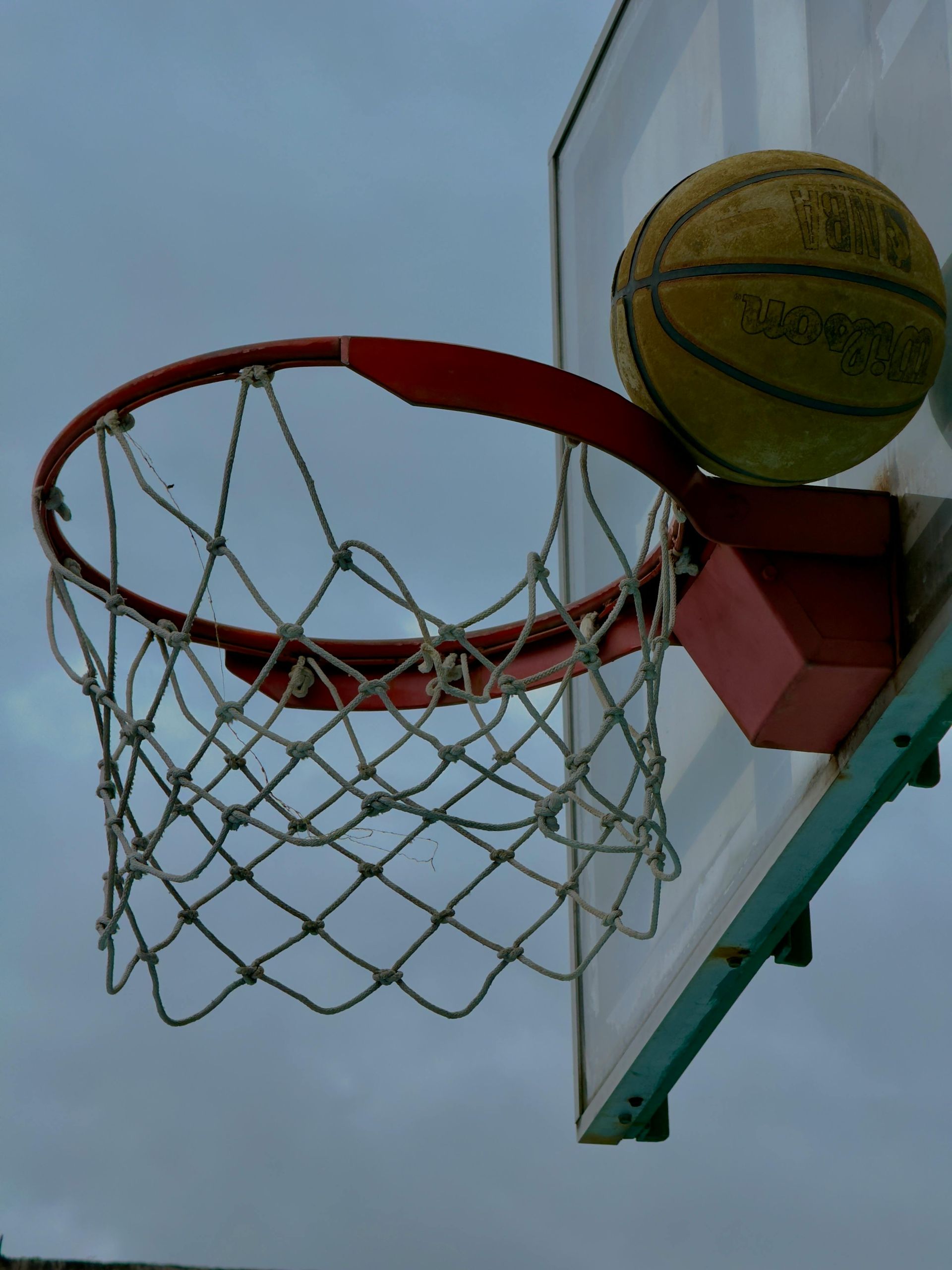Galen Harkness • July 12, 2023
Scoring Efficiently: Mastering the 3-Dribble Rule in Basketball
In the world of basketball, players constantly strive to enhance their skills and contribute to their team's success.
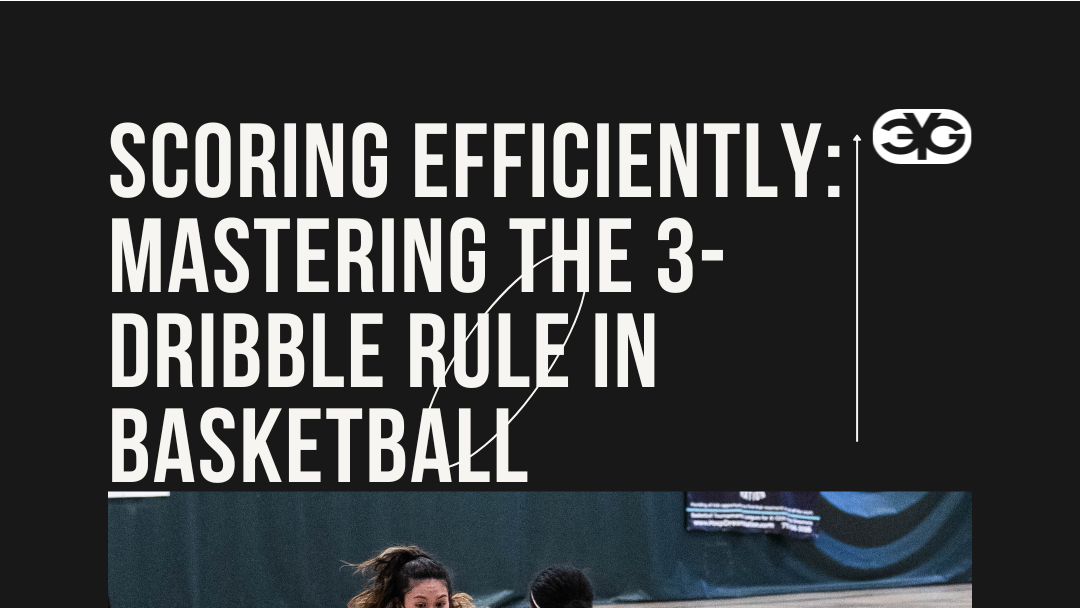
In the world of basketball, players constantly strive to enhance their skills and contribute to their team's success. One essential aspect of the game is scoring efficiently, which involves utilizing a limited number of dribbles to execute effective shots. By mastering the art of scoring with three dribbles or fewer, hard-working basketball players can elevate their performance and propel their teams toward achieving greatness.
Quick Decision-Making:
Scoring with three dribbles or fewer requires players to make swift decisions on the court. By limiting dribbles, players must analyze the defense, identify scoring opportunities, and act decisively. This skill enhances their basketball IQ, allowing them to adapt and exploit defensive weaknesses efficiently.
Fluid Ball Movement:
Utilizing fewer dribbles promotes fluid ball movement, creating opportunities for seamless teamwork and enhancing the chances of finding open teammates. When players move the ball efficiently, they keep the defense on its toes, forcing opponents to scramble and creating openings for scoring plays.
Effective Time Management:
With a limited number of dribbles, players must utilize their time effectively. By focusing on scoring within three dribbles, basketball players learn to assess the situation, prioritize their actions, and execute with precision. This skill trains players to make the most of their opportunities and maximizes their productivity on the court.
Versatility and Adaptability:
Scoring with three dribbles or fewer encourages players to develop a versatile skill set. They must practice various shot techniques, including pull-ups, floaters, and catch-and-shoot plays. This versatility enables players to adapt to different game situations and defensive strategies, making them valuable assets to their teams.
In conclusion, aspiring basketball players seeking to achieve greatness must embrace the challenge of scoring with three dribbles or fewer. This approach not only enhances their decision-making abilities, but also promotes fluid ball movement, effective time management, and adaptability on the court. By mastering these skills, hard-working players can elevate their game and contribute to their team's success. So, lace up your sneakers, practice diligently, and aspire to become a proficient scorer with three dribbles or fewer. Remember, with dedication and perseverance, you can accomplish big things on the basketball court.
The video below is of Austin Reeves from the Los Angelos Lakers scoring in 3 or less dribbles. The only time he uses more dribbles is to get the ball across half-court. Video clips are provided by bucketlist.fans website.
